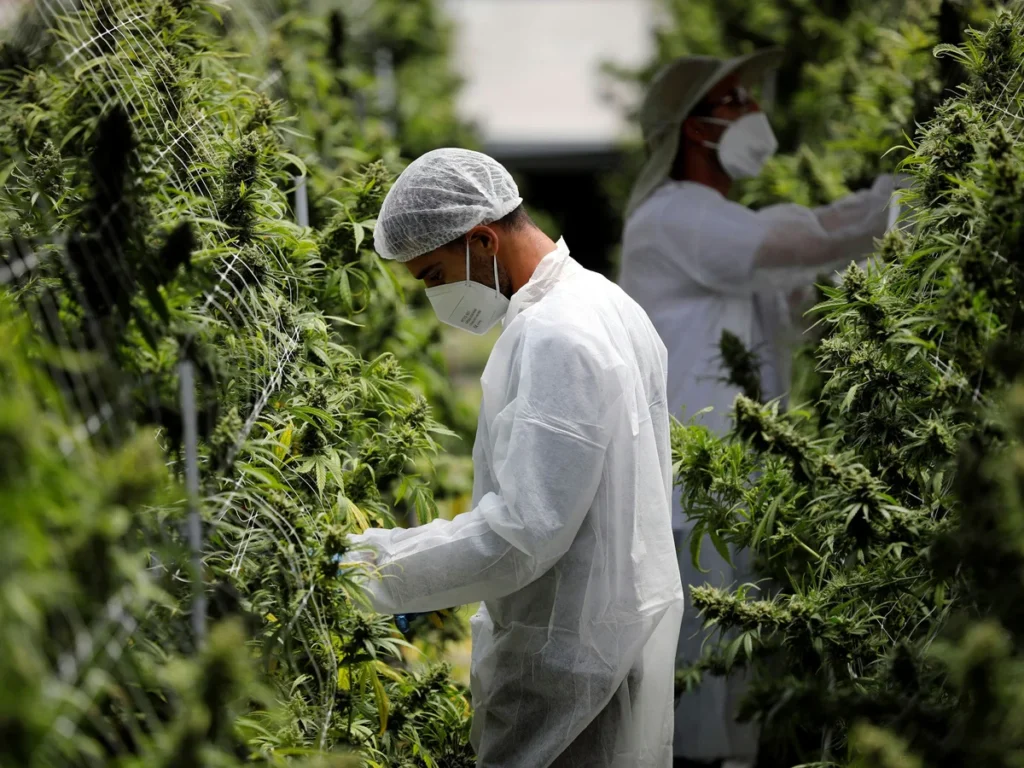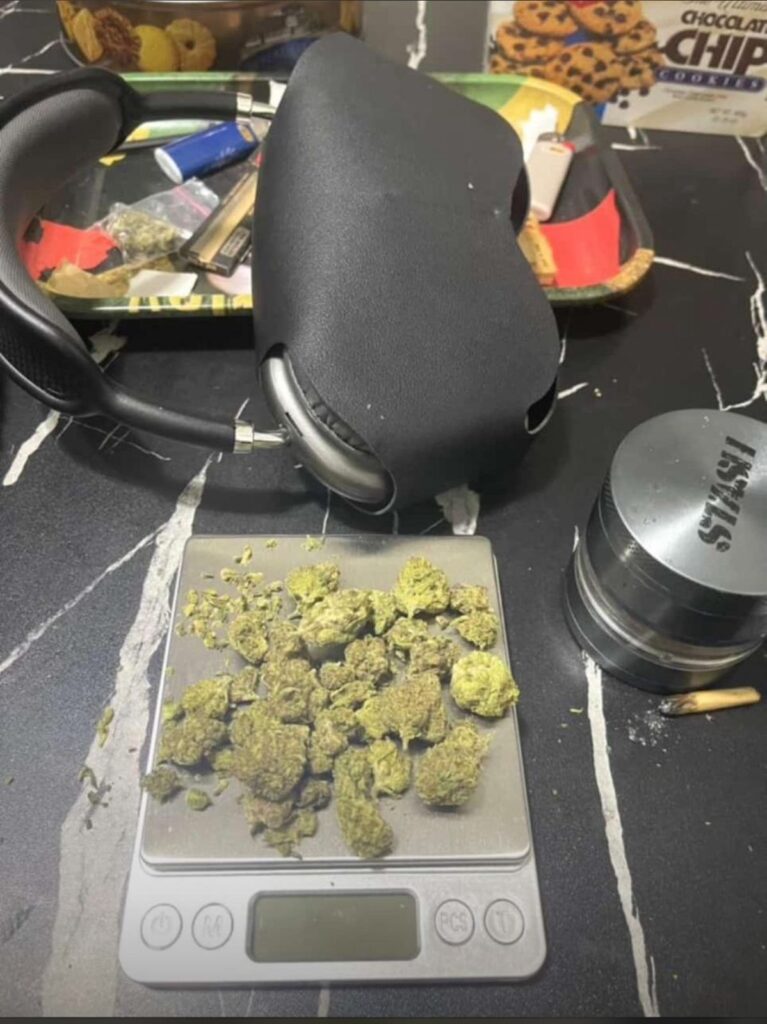Discover Weed in Sfântu Gheorghe: A Glimpse into Cannabis Culture in Romania’s Heart

Nestled in the picturesque region of Transylvania, Sfântu Gheorghe, the capital of Covasna County, is a city that retains a deep connection to its historical and cultural roots. Surrounded by forests, mountains, and a rich cultural history, this relatively small city in central Romania holds much in terms of traditions and local customs. However, as is the case with many other regions in Romania, the topic of cannabis—whether for recreational or medicinal purposes—has started to make its way into the local conversation, albeit subtly on discover weed in Sfantu Gheorghe.
While cannabis remains illegal in Romania for recreational use, attitudes and perspectives surrounding the substance are beginning to evolve. In this article, we will delve into the cannabis culture in Sfântu Gheorghe, exploring its legal status, the changing attitudes toward cannabis use, and how the global cannabis movement is influencing local perceptions in this Transylvanian city on discover weed in Sfantu Gheorghe.
Sfântu Gheorghe: A City of Tradition
With a population of approximately 55,000 people, Sfântu Gheorghe is a charming city in the heart of Romania. The city’s population is primarily Hungarian-speaking, reflecting the significant Hungarian minority in Covasna County. The city’s roots date back to the Roman Empire, and it carries a unique blend of Romanian and Hungarian culture. Rich in folklore, festivals, and traditional values, Sfântu Gheorghe is often regarded as a conservative city, where traditional family structures and cultural practices play a significant role on discover weed in Sfantu Gheorghe.
Much like other small Romanian cities, Sfântu Gheorghe has a strong connection to its historical and religious traditions. The Orthodox Church plays a pivotal role in shaping moral and societal values, which extends to how certain social issues—such as cannabis use—are perceived by the public. This often leads to cannabis being seen as a taboo subject, with little open conversation or advocacy surrounding it. Consequently, it can be challenging to gauge how prevalent cannabis use is in the city, as people tend to keep such activities private, given the societal judgment associated with them on discover weed in Sfantu Gheorghe.
Yet, in spite of the city’s conservative values, there has been an increasing shift in perspective, particularly among younger generations. With greater access to global media and information, more people in Sfântu Gheorghe, particularly the youth, are learning about cannabis’s potential medicinal uses, as well as its recreational aspects. This is beginning to lead to a more nuanced conversation about the substance, especially as global movements towards cannabis legalization gain momentum.
Cannabis in Romania: Legal and Cultural Context
Romania’s legal stance on cannabis remains stringent, with the country maintaining a zero-tolerance policy for the recreational use of drugs. According to Romanian law, cannabis use and possession for personal consumption are considered criminal offenses. Those caught with small quantities of cannabis could face fines, rehabilitation, or even imprisonment, depending on the severity of the offense. These laws reflect the country’s commitment to combating drug use, stemming from decades of strict communist-era policies and, more recently, European Union pressures.
Despite the ban on recreational cannabis, Romania has allowed for limited medicinal cannabis use. In 2013, Romania legalized the use of medical cannabis for patients suffering from certain conditions, such as chronic pain, multiple sclerosis, and cancer. Medical cannabis products are available with a doctor’s prescription, but they remain tightly regulated, and the process for obtaining such medications is often difficult for the general public to navigate. This legal distinction between recreational and medicinal use illustrates Romania’s cautious approach to cannabis reform.
While medical cannabis offers a glimpse into the potential for further progress, the recreational cannabis scene remains in the shadows, particularly in cities like Sfântu Gheorghe. The social stigma surrounding cannabis use is still strong, as many Romanians, especially older generations, view cannabis consumption as a harmful behavior. This makes it difficult for users to express their opinions openly or organize public discourse about the substance.
A Growing Awareness: The Younger Generation in Sfântu Gheorghe
Despite the restrictions and stigma surrounding cannabis, the younger generation in Sfântu Gheorghe is beginning to push back against these traditional perceptions. Just as in other parts of Romania, young people in the city are increasingly gaining exposure to global cannabis conversations through the internet, social media, and streaming platforms. Cannabis advocacy groups, both local and international, have fostered discussions around the health benefits, economic opportunities, and social justice aspects of cannabis legalization, sparking curiosity and interest in younger populations.
In Sfântu Gheorghe, university students and young professionals are especially keen on learning more about the subject. For many, cannabis is viewed not only as a recreational activity but also as a potential form of therapy for mental health issues like anxiety, depression, and PTSD. Online communities and cannabis forums provide spaces for young people to explore the many facets of cannabis, from its scientific properties to the ongoing legal battles for its full decriminalization in Romania.
However, due to the traditional cultural norms and the highly regulated nature of cannabis in Romania, there are still significant hurdles to public acceptance. While there may be growing awareness, the local community has yet to fully embrace cannabis as a legitimate, legal substance. Therefore, those who partake in cannabis must do so discreetly, typically in private settings where they are less likely to face judgment or legal consequences.
The Global Influence: Cannabis Legalization Movements
The global trend toward cannabis legalization is another important factor that is gradually shifting attitudes in places like Sfântu Gheorghe. Countries such as Canada, Uruguay, and several U.S. states have demonstrated the economic and social benefits of legal cannabis markets. From reducing the burden on law enforcement to generating tax revenue, these countries have set a precedent for others to follow.
In Europe, countries like the Netherlands and Spain have long adopted more relaxed policies on cannabis use, often allowing for personal cultivation or regulated dispensaries for medical users. These nations have shown that it’s possible to regulate cannabis in a way that benefits the economy and public health while reducing the harm caused by the criminalization of the drug. As Romania is part of the European Union, this growing trend across Europe could influence policymakers and spark debate on the issue of cannabis legalization within the country.
In cities like Sfântu Gheorghe, the younger generation’s exposure to these global cannabis trends, coupled with increased online education, is helping to shift perceptions. Cannabis is being seen less as a moral issue and more as a public health and economic issue. This change in mindset, while gradual, is paving the way for more open discussions about cannabis use, its regulation, and its potential legalization in the future.
Challenges and Future Prospects for Cannabis in Sfântu Gheorghe
The future of cannabis use and legalization in Sfântu Gheorghe, and Romania as a whole, remains uncertain. Despite the growing awareness and acceptance of cannabis globally, Romania’s strict laws and conservative cultural values present significant challenges. Public conversations about cannabis remain limited, and the stigma surrounding its use continues to discourage people from speaking out openly.
However, the growing awareness of the potential medical benefits of cannabis, coupled with the influence of global legalization movements, could eventually lead to a shift in Romanian policy. Over time, as more Romanians become familiar with the therapeutic benefits of cannabis, and as societal attitudes evolve, it’s possible that Sfântu Gheorghe, along with other cities in Romania, will witness a change in how cannabis is perceived.
Conclusion
In conclusion, cannabis use in Sfântu Gheorghe remains a relatively hidden activity, shaped by the city’s traditional values and Romania’s stringent legal framework. However, the younger generation in the city is increasingly aware of global cannabis trends and the potential benefits of cannabis use, both medicinal and recreational. While cultural and legal obstacles remain, there is hope that the ongoing global shift in attitudes toward cannabis will eventually influence local perceptions and policy in Romania. With time, Sfântu Gheorghe may become part of a broader movement advocating for a more open and progressive approach to cannabis in Romania.

When it comes to marijuana products, ScentHub offers an extensive selection of some of the highest quality items I’ve come across. I’ve tried a variety of strains, edibles, and concentrates, and the quality has consistently been outstanding. The flowers are always fresh, fragrant, and potent. I’ve had the chance to try both Sativa and Indica strains, and the effects have been exactly as described. Contact them on email: Scenthub43@gmail.com and also there Telegram : t.me/Scenthub43
Wow they have an option for me. The variety in their selection means that no matter my experience level, I’ll find a product that fits my needs. highly recommended .
I can say without hesitation that ScentHub has earned my loyalty. From the quality of the products to the exceptional customer service.

I’ve had a number of experiences where edible products don’t quite deliver the promised effects or leave an unpleasant aftertaste, but that’s not the case with ScentHub. The gummies, chocolates, and drinks I’ve tried have all been potent, flavorful, and consistently effective. The packaging is also informative, making it easy to understand the dosage and what to expect from each edible, Thank you !!!
They also don’t pressure you into buying anything you’re not ready for, which is a huge relief. It feels more like a conversation with a trusted friend rather than a hard sell. highly recommended!!